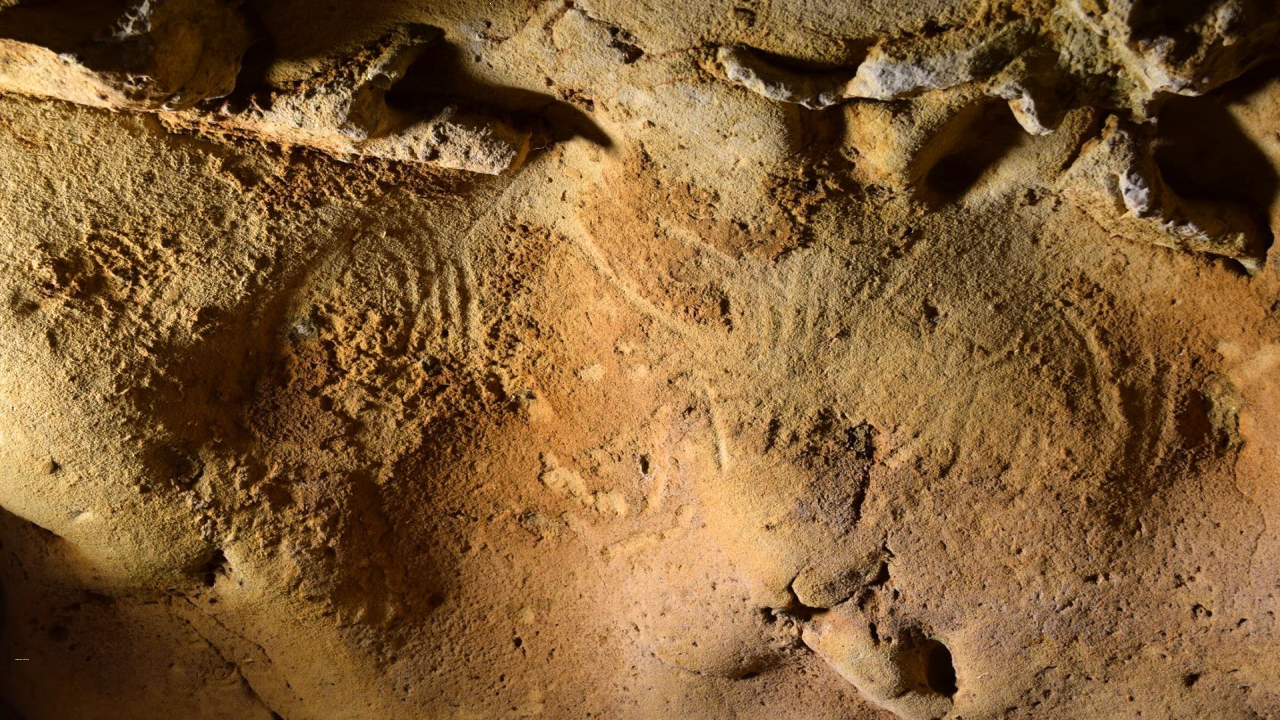La Roche-Cotard
La Roche-Cotard, located in Indre-et-Loire, France, is an archaeological site that has captivated researchers and enthusiasts alike. This ancient cave, discovered in January 1912, holds significant historical and cultural importance, shedding light on the artistic capabilities of our Neanderthal ancestors.
The Notable Site and Its Discovery
La Roche-Cotard is nestled in the picturesque region of Indre-et-Loire, France. It gained prominence when it was discovered in January 1912 by a team of archaeologists. The site quickly became a focal point for researchers due to its intriguing features and historical significance.
The Mask of La Roche-Cotard
One of the most striking discoveries at La Roche-Cotard is the Mask of La Roche-Cotard, a remarkable proto-figurine. This notable feature, crafted by the hands of Neanderthals, provides a glimpse into their artistic expression and symbolic significance. It stands as a testament to the advanced cognitive abilities of our ancient relatives.
Finger-Flutings and Markings
The cave walls of La Roche-Cotard hold a mesmerizing array of non-figurative markings. These markings, identified as finger-flutings, were meticulously made by human hands. They reveal a level of sophistication and creativity previously unknown in Neanderthal culture. The intricate patterns and deliberate strokes hint at the complex nature of their symbolic communication.
Dating the Cave’s Closure
Researchers sought to determine the age of La Roche-Cotard’s closure to gain insights into the timeline of Neanderthal activity. Through the application of optically-stimulated luminescence dating, the sediments within the cave were analyzed. The results indicated that the closure occurred over 57,000 years ago, possibly dating back as far as 75,000 years. These findings establish La Roche-Cotard as the oldest decorated cave in France, and potentially in all of Europe.
Mousterian Stone Tools
The stone tools found in association with La Roche-Cotard are attributed to the Mousterian technology, which is closely associated with Neanderthals. This suggests their advanced craftsmanship and ingenuity in creating specialized tools for various purposes. The presence of such tools further supports the notion that Neanderthals possessed a rich and diverse cultural repertoire.
Complexity of Neanderthal Culture
The existence of similar-age cave engravings made by Homo sapiens raises intriguing questions about the complexity and diversity of Neanderthal culture. The discoveries at La Roche-Cotard strongly indicate that the behavior and activities of Neanderthals were equally sophisticated and multifaceted. This challenges previous assumptions that Neanderthals were less culturally advanced than their Homo sapiens counterparts.
Unraveling Neanderthal Artistic Expression
While our understanding of Neanderthal culture continues to expand, one aspect that remains relatively elusive is their symbolic and artistic expression. La Roche-Cotard provides crucial evidence that Neanderthals possessed the capacity for creativity and symbolic communication. The engravings found within the cave illuminate the richness of their cultural heritage, highlighting the importance of further exploration and research in this area.
Month: Current Affairs - June, 2023
Category: Science & Technology Current Affairs


